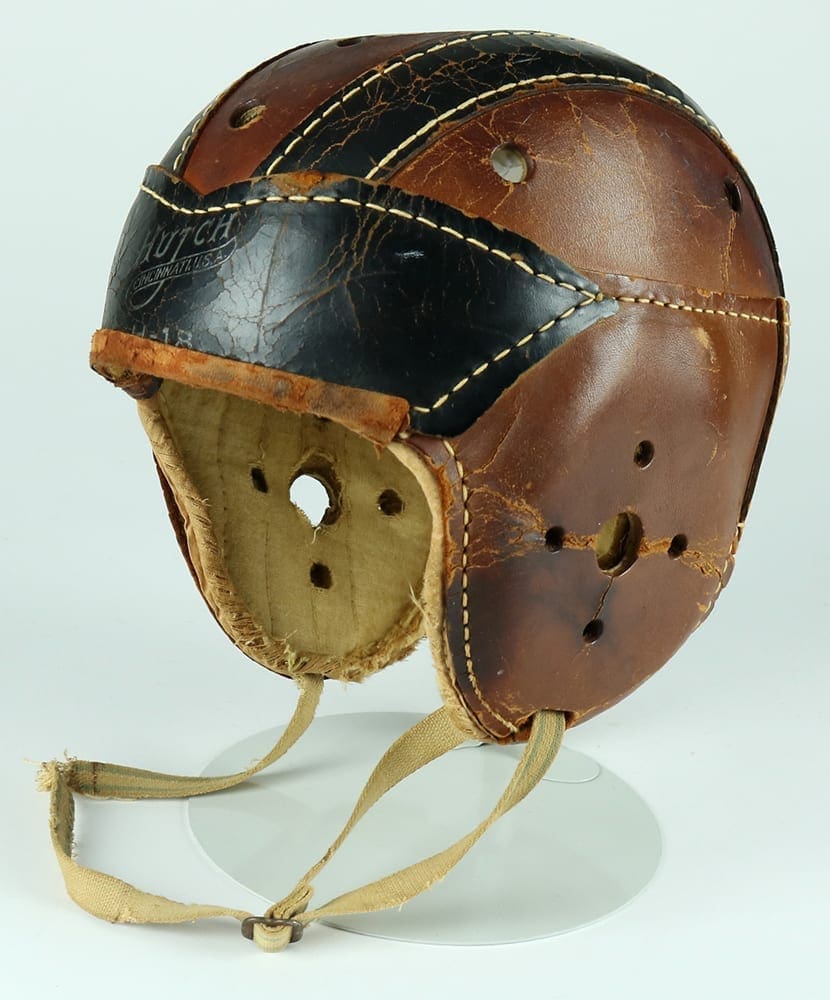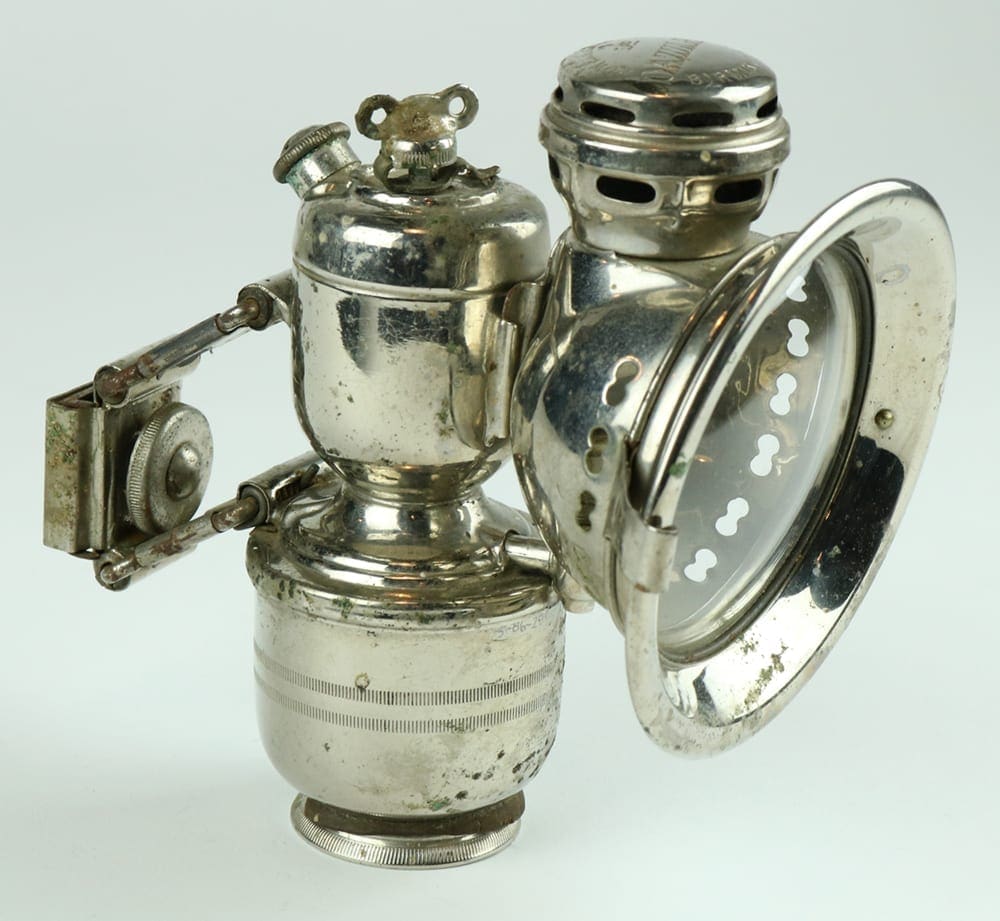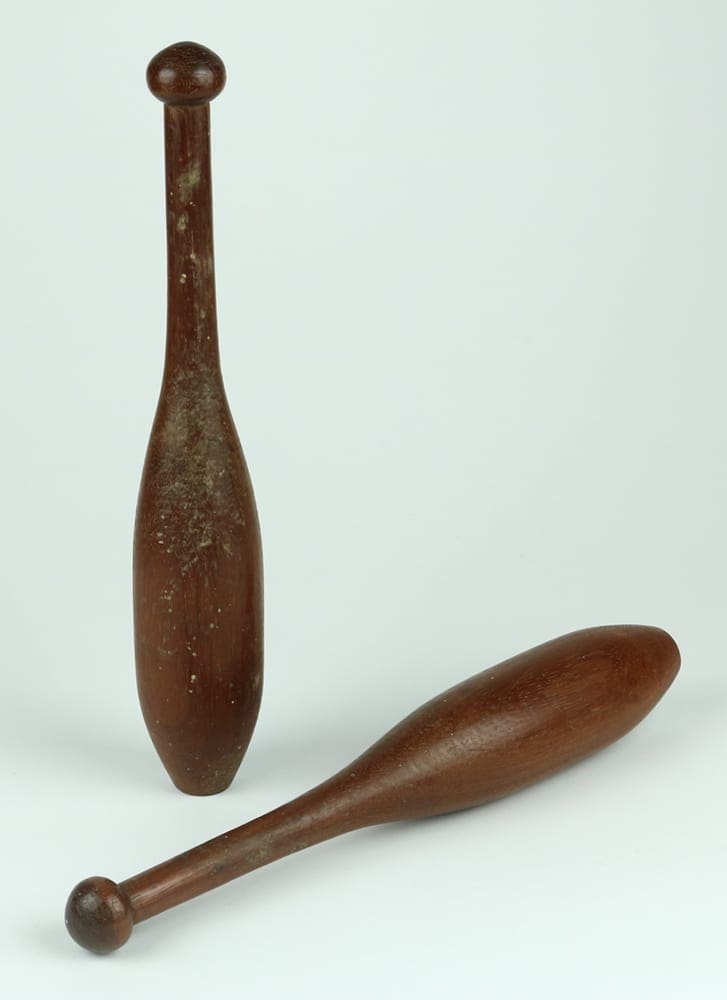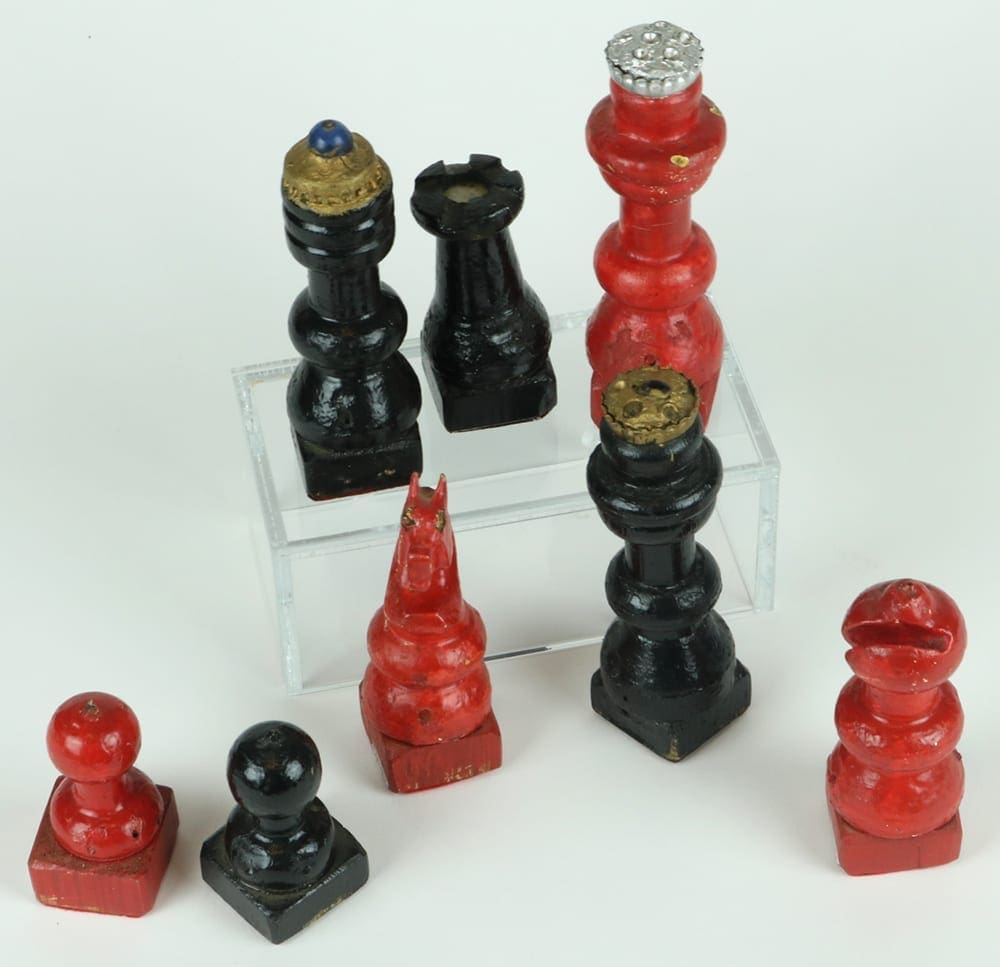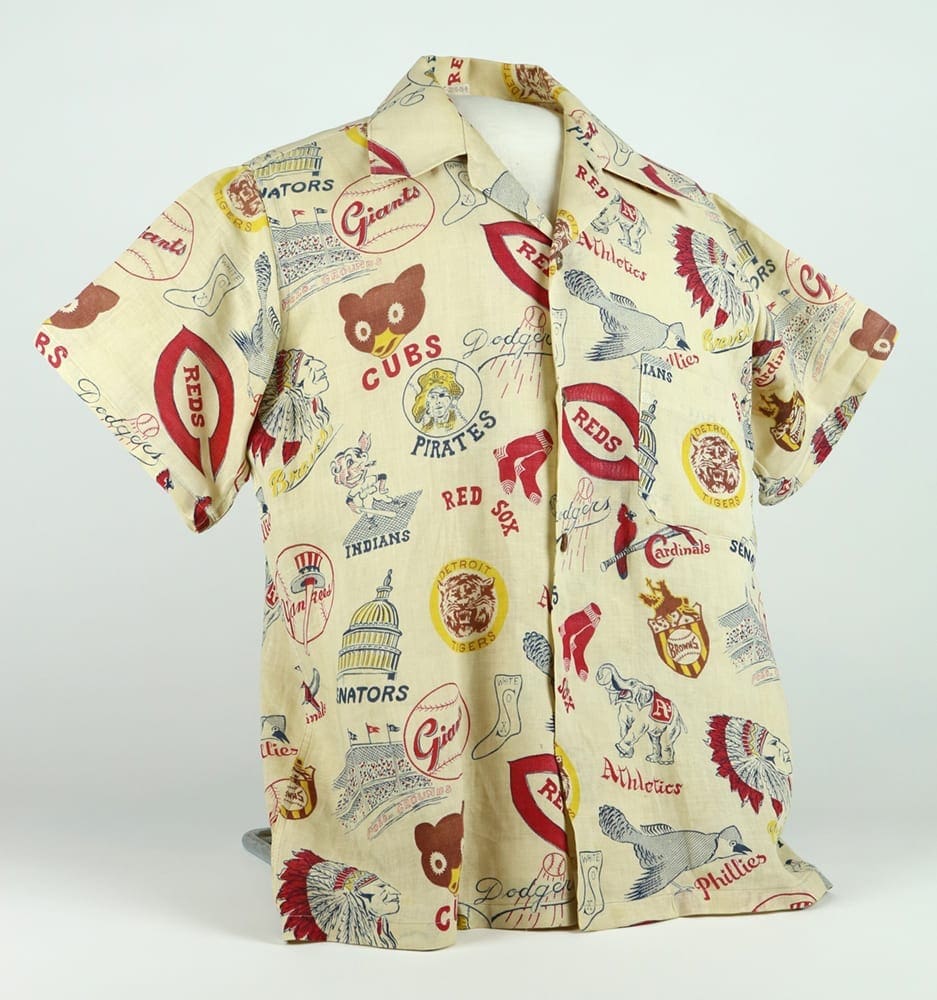What Goes with Turkey, Stuffing and Pumpkin Pie? Football!
Football Is a Thanksgiving Tradition
When the Arkansas Industrial University Cardinals ran on the football field for the first time in 1894, it did so only 24 years after Congress declared Thanksgiving a national holiday. As new autumn traditions, it was almost inevitable that football and Thanksgiving would be celebrated together. Indeed, football is a Thanksgiving tradition even here in the Ozarks.

This photo of the Arkansas Industrial University football team was taken in 1896, two years after its formation and Thanksgiving Day trouncing by the University of Texas. Latin Professor John Futrall, who coached the team in its early years, is on the third row, far right, wearing a dark suit. He would later become president of the institution after it was renamed the University of Arkansas. Photo is from the Shiloh Museum of Ozark History’s Washington County Historical Society Collection (P-793).
The new Cardinals football team had an unlikely coach in John C. Futrall, a young Latin professor who later became president of the institution after it was renamed the University of Arkansas. Futrall was tasked with leading the very green Cardinals in an 1894 Thanksgiving Day match in Austin with the more experienced University of Texas team. The outcome was nothing short of humiliating. Texas soundly handed the Cardinals their birdseed by scoring 54 points. Arkansas couldn’t even get on the scoreboard. An intense Arkansas-Texas rivalry had begun.
Razorback Football Is a Thanksgiving Tradition
As years passed, the Cardinals became stronger and more threatening. When Arkansas defeated LSU in 1909, then-coach Hugo Bezdek declared his team had played “like a bunch of Razorback hogs.” A few weeks later, the team lived up to Bezdek’s assessment in a Thanksgiving game in Little Rock against Washington University, who lost with a score of 34 to 0. Arkansas celebrated its first-ever undefeated season, and The Arkansas Gazette proclaimed a “new era” for the “cardinal-clad gladiators.” A year later, this new powerhouse became the Razorbacks.
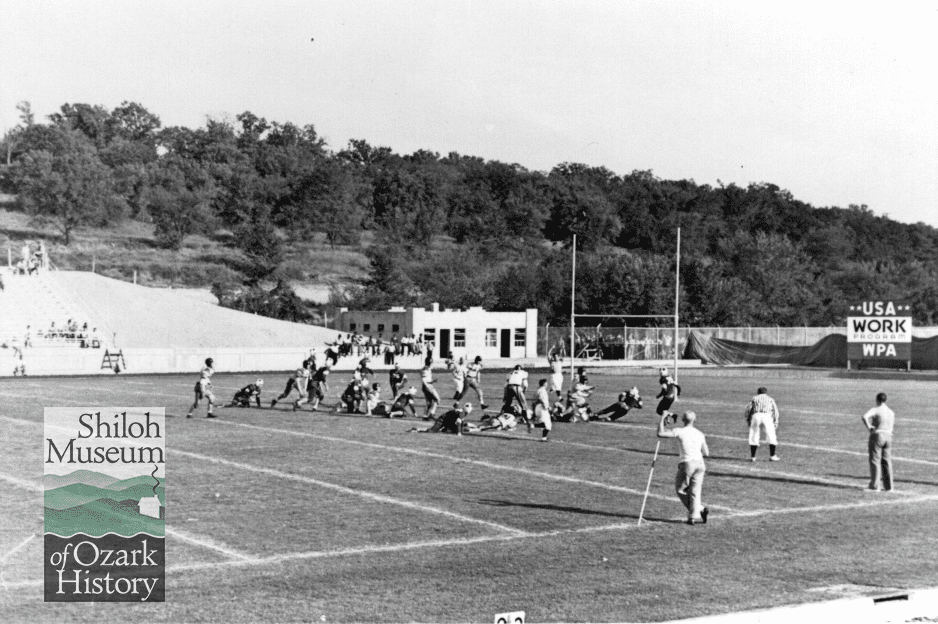
The Arkansas Razorbacks appear to have made a touchdown in this photo taken on the University of Arkansas campus in 1938, a year before President Franklin Roosevelt shook up Thanksgiving Day football plans by moving the holiday up a week. Note the WPA sign in the photo. The Works Progress Administration was an infrastructure program created by Roosevelt as a way to pull the nation out of the Great Depression. Photo, taken by William Carl Smith, is from the Shiloh Museum of Ozark History’s Ada Lee Smith Shook Collection (S-2009-79-10).
A Challenge To Coaches
A challenge to Thanksgiving Day football came in August 1939 when President Franklin Roosevelt moved the holiday from the last Thursday of November to the fourth (November had five Thursdays that year) to help boost the Depression-era economy with a few extra shopping days before Christmas. It also boosted outrage by football coaches who now faced a dilemma: how to reschedule their Thanksgiving Day football game on short notice, including the Razorbacks’ game against Tulsa. (So upset, Ouachita Baptist College’s coach in Arkadelphia threatened to vote Republican!) Many governors heard these outcries, including Arkansas’ and Oklahoma’s, and ignored Roosevelt’s declaration. The Razorbacks played Tulsa as originally planned and won.
Now, all states observe Thanksgiving on November’s fourth Thursday with millions spending the day watching their favorite professional football teams compete on television. Without a doubt, football is a Thanksgiving tradition. Thanksgiving Day Razorback football, however, didn’t survive. Yet a newer tradition takes place: Razorback football on Black Friday.
Originally published in the November/December 2022 issue of Butterfield LIFE magazine for Butterfield Trail Village, Inc.
Footnotes
Henry, O., & Bailey, J. (1996). “Instantly in the Red”. In The Razorbacks: A Story of Arkansas Football (pp.6–7, 23-25). essay, University of Arkansas Press.
The Thanksgiving holiday. US House of Representatives: History, Art & Archives. (n.d.). Retrieved September 29, 2022, from History.House.gov.
Serving Arkansas and Beyond. University of Arkansas. (n.d.). Retrieved October 3, 2022, from Uark.edu/athletics.
Arkansas is at Last Triumphant. (1909, November 26). The Arkansas Gazette, p. 1.
Odom, J. (2022, September 30). Razorbacks football team. Encyclopedia of Arkansas. Retrieved October 3, 2022, from Encyclopedia of Arkansas.
Infoplease. (n.d.). Perpetual calendar. Infoplease. Retrieved October 3, 2022, from https://www.infoplease.com/calendar/193911
Arkansas Football Coaches Bemoan Changing of Thanksgiving Holiday. (1939, August 15). Hope Star, p. 4.
Associated Press. (1939, November 23). Half of States Are Thankful Today, Rest Will Wait a Week. The Daily Oklahoman, p. 20.
Associated Press. (1939, December 1). Porkers Win Easily Over Tulsa, 23-0. Northwest Arkansas Times, p. 9.

